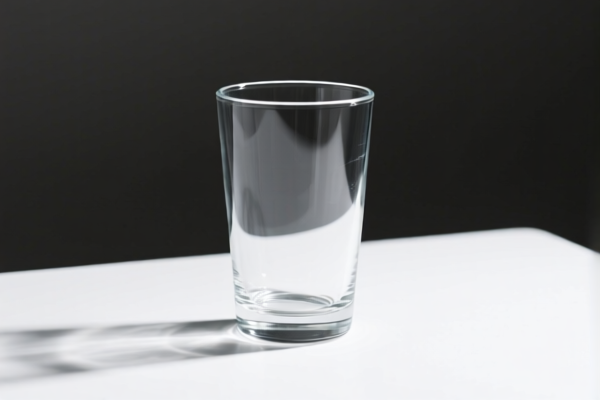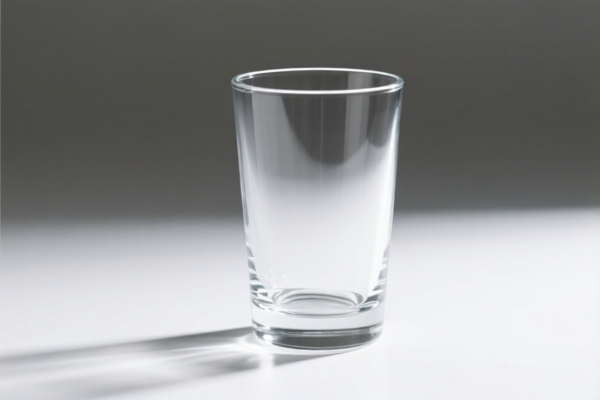| HS Code | Official Doc | Tariff Rate | Origin | Destination | Effective Date |
|---|---|---|---|---|---|
| 7020006000 | Doc | 60.0% | CN | US | 2025-05-12 |
| 7020003000 | Doc | 55.0% | CN | US | 2025-05-12 |
| 7013999010 | Doc | 44.7% | CN | US | 2025-05-12 |
| 7013998010 | Doc | 41.3% | CN | US | 2025-05-12 |
| 8464900110 | Doc | 57.0% | CN | US | 2025-05-12 |
| 8464900120 | Doc | 57.0% | CN | US | 2025-05-12 |
| 8475290000 | Doc | 55.0% | CN | US | 2025-05-12 |
| 9617006000 | Doc | 37.2% | CN | US | 2025-05-12 |




Glass Stand
A glass stand is a support structure designed to hold glassware. These stands serve a variety of purposes, ranging from display and serving to laboratory use and artistic presentation.
Material
While the name implies glass, stands are constructed from diverse materials, often chosen for stability, aesthetics, and intended use:
- Glass: Primarily used for display stands, offering visibility of the held item. Borosilicate glass is common due to its heat resistance and durability.
- Metal: Stainless steel, iron, brass, and aluminum are frequently used for robust support, particularly for heavier glassware or in laboratory settings. Metal stands may have a coated finish (e.g., chrome, powder coating) for corrosion resistance and appearance.
- Wood: Often used for decorative stands, providing a warmer aesthetic. Wood stands are typically used for lighter glassware.
- Plastic: Acrylic and other plastics are used for cost-effective and lightweight stands, suitable for disposable or temporary applications.
- Combination Materials: Many stands incorporate a mix of materials, such as a metal base for stability and a glass or acrylic holder.
Purpose & Function
The primary function of a glass stand is to securely hold glassware, but specific purposes vary:
- Display: Showcasing decorative glassware, collectibles, or artwork.
- Serving: Elevating glassware for presentation at events, buffets, or in restaurants.
- Laboratory Use: Supporting beakers, flasks, test tubes, and other lab equipment during experiments and analysis. Laboratory stands often feature adjustable height and clamping mechanisms.
- Artistic Presentation: Holding glass sculptures or other glass art pieces.
- Retail: Displaying glassware in stores to attract customers.
Usage Scenarios
- Homes: Displaying wine glasses, vases, or decorative items.
- Restaurants & Bars: Serving cocktails, wine, or desserts.
- Laboratories: Supporting glassware during scientific experiments.
- Museums & Galleries: Displaying glass art and artifacts.
- Retail Stores: Showcasing glassware for sale.
- Events & Parties: Elevating glassware for aesthetic presentation.
Common Types
- Single Glass Stands: Designed to hold one glass. Variations include stemmed glass stands, flat-base stands, and hanging stands.
- Multi-Tiered Stands: Featuring multiple levels to hold several glasses simultaneously, commonly used for serving or display.
- Stemware Stands: Specifically designed for wine glasses, champagne flutes, and other stemmed glassware, often with cutouts to accommodate the stems.
- Laboratory Ring Stands: Adjustable stands with a ring clamp to securely hold glassware during experiments.
- Test Tube Racks: Stands with multiple holes to hold test tubes.
- Beaker Stands: Designed to securely hold beakers of various sizes.
- Tripod Stands: Three-legged stands offering stability for heavier glassware.
- Rotating Stands: Allows for 360-degree viewing of the displayed glass.
Based on the provided information, the following HS codes may be relevant to “glass stand”:
- 7020006000: This HS code falls under Chapter 70, which covers glass and glassware. Specifically, it relates to “Other articles of glass: Other”. This is a broad category and could potentially include glass stands if they don’t fall into more specific classifications. The applicable tax rate is a base tariff of 5.0%, an additional tariff of 25.0%, and an additional tariff of 30.0% after April 2, 2025, resulting in a total tariff of 60.0%.
- 7013999010: This HS code is under Chapter 70, covering glass and glassware, specifically “Glassware of a kind used for table, kitchen, toilet, office, indoor decoration or similar purposes (other than that of heading 7010 or 7018): Other glassware: Other: Other: Other: Valued over $3 each: Other: Valued over $5 each Crystalline or non-lead crystal”. If the glass stand is used for decoration and is valued over $5 each, this HS code may be applicable. The applicable tax rate is a base tariff of 7.2%, an additional tariff of 7.5%, and an additional tariff of 30.0% after April 2, 2025, resulting in a total tariff of 44.7%.
- 7013998010: This HS code is also under Chapter 70, covering glass and glassware, specifically “Glassware of a kind used for table, kitchen, toilet, office, indoor decoration or similar purposes (other than that of heading 7010 or 7018): Other glassware: Other: Other: Other: Other: Valued over $3 each: Other: Valued over $3 but not over $5 each Crystalline or non-lead crystal”. If the glass stand is used for decoration and is valued between $3 and $5 each, this HS code may be applicable. The applicable tax rate is a base tariff of 11.3%, an additional tariff of 0.0%, and an additional tariff of 30.0% after April 2, 2025, resulting in a total tariff of 41.3%.
According to the provided reference material, the HS code options related to 'glass stand' are limited, with only the following 3 found.
It is important to determine the precise use and value of the glass stand to select the most appropriate HS code.
Customer Reviews
No reviews yet.